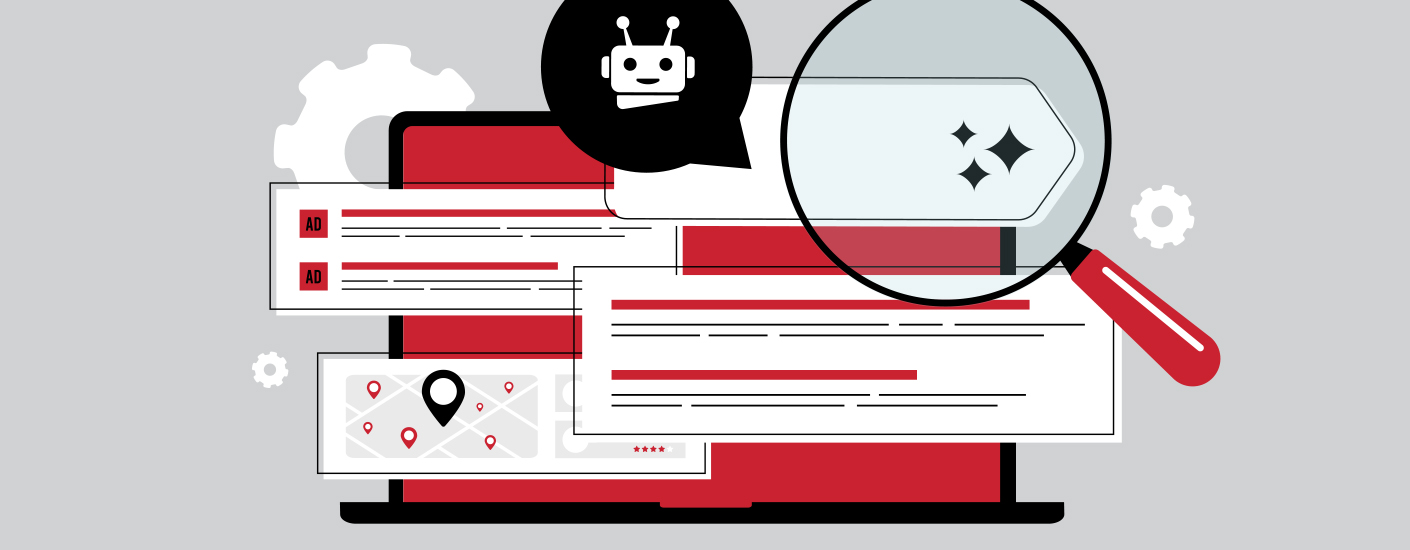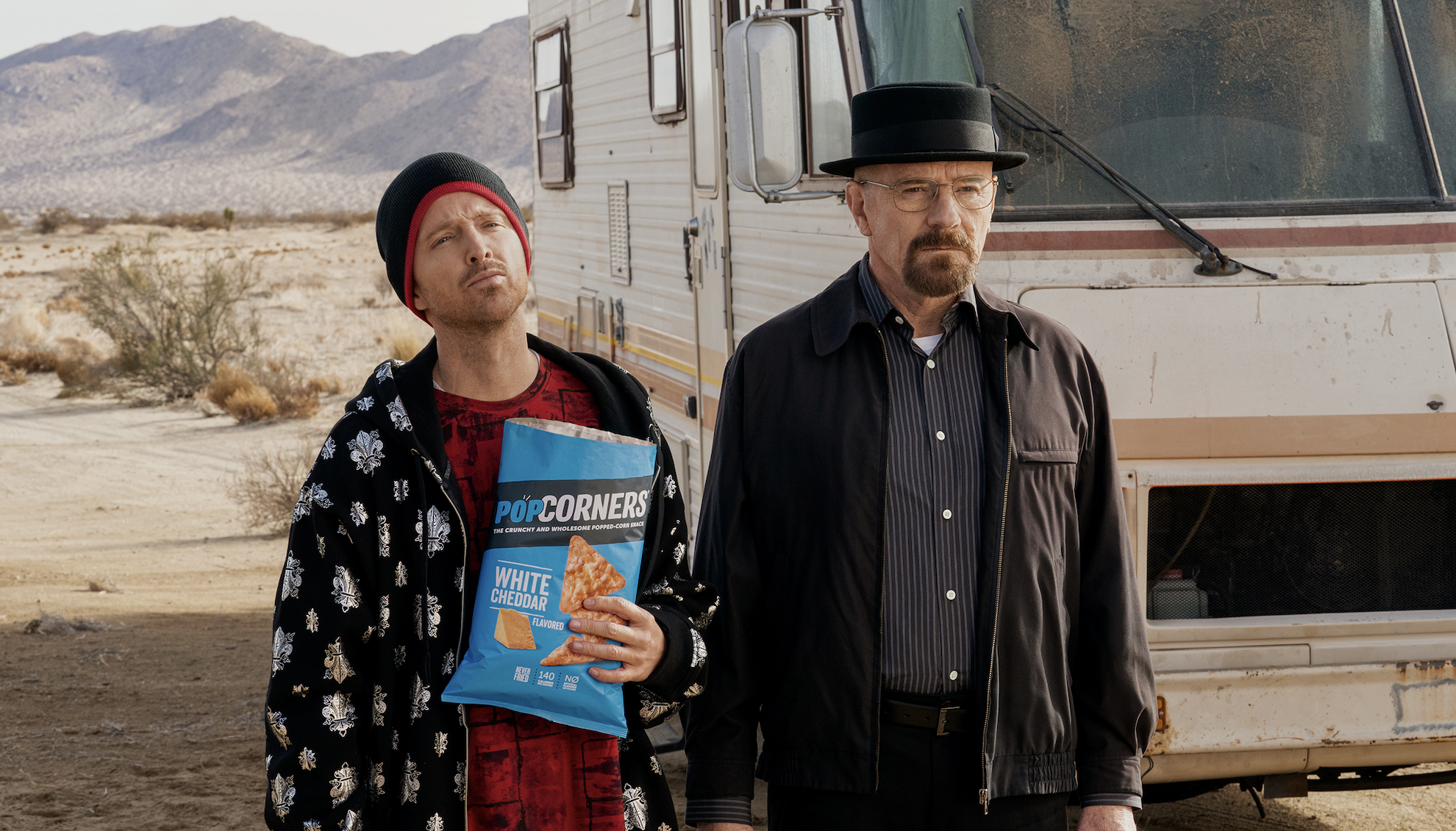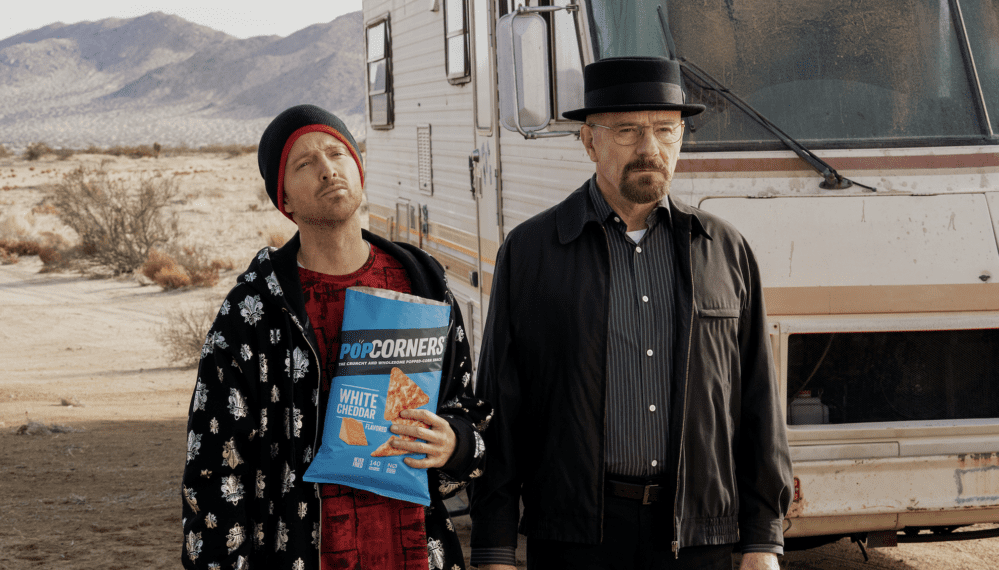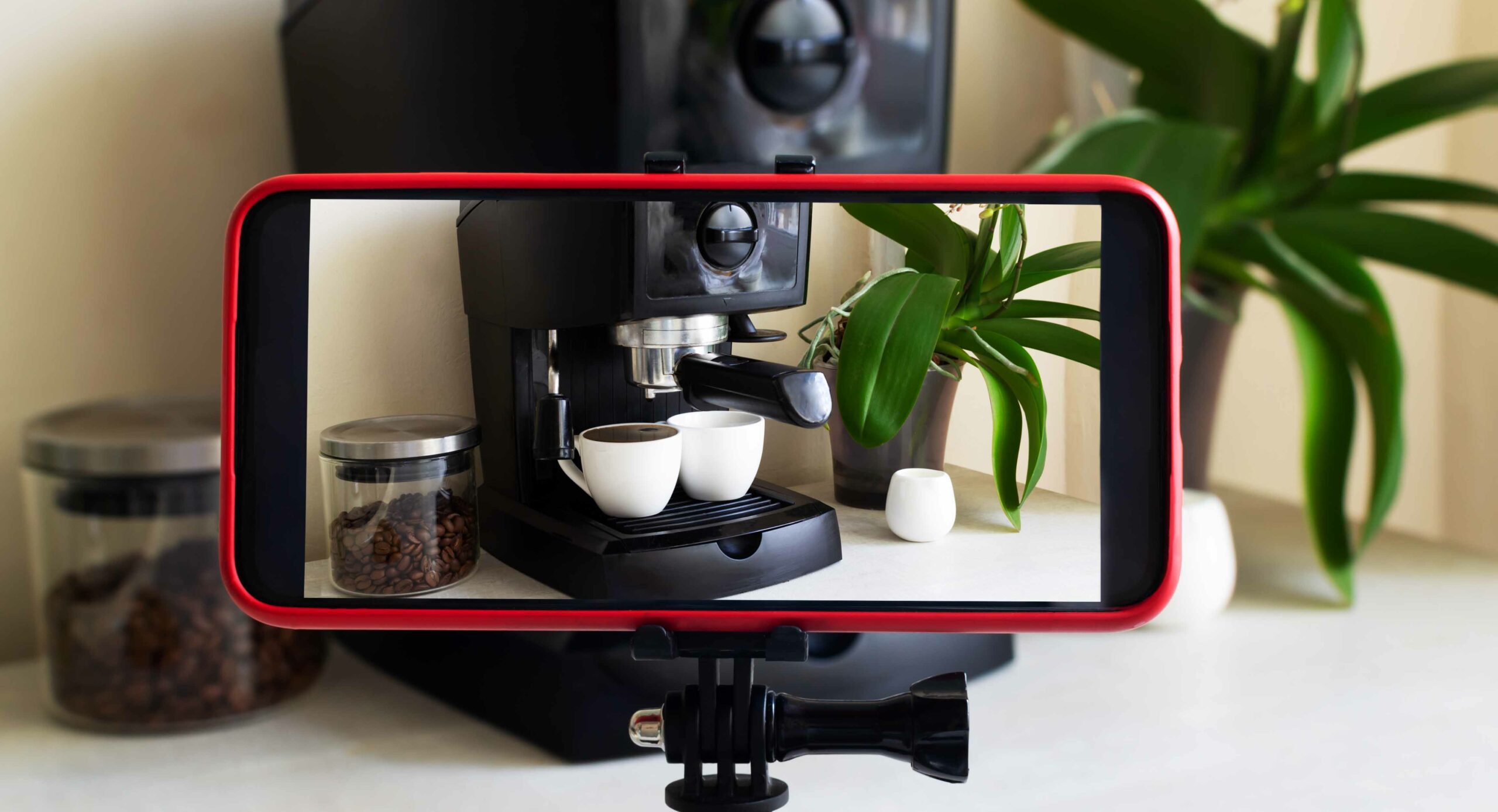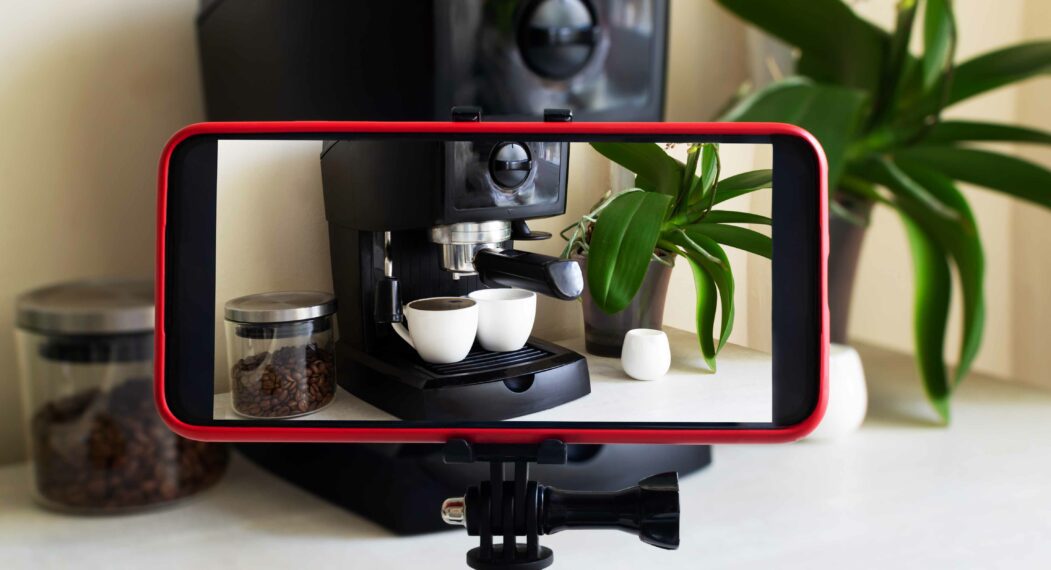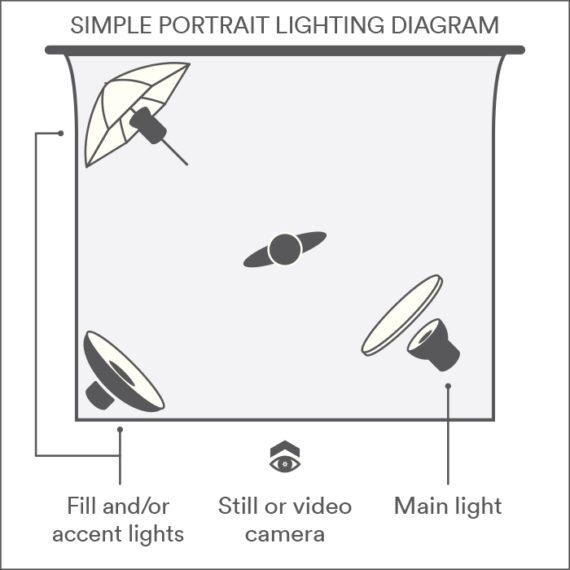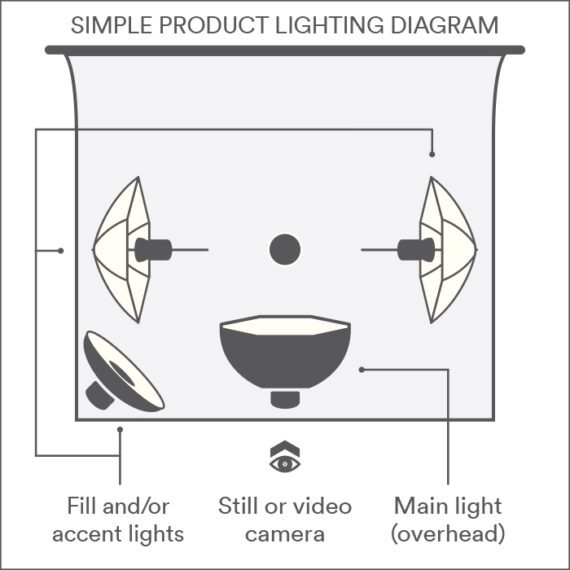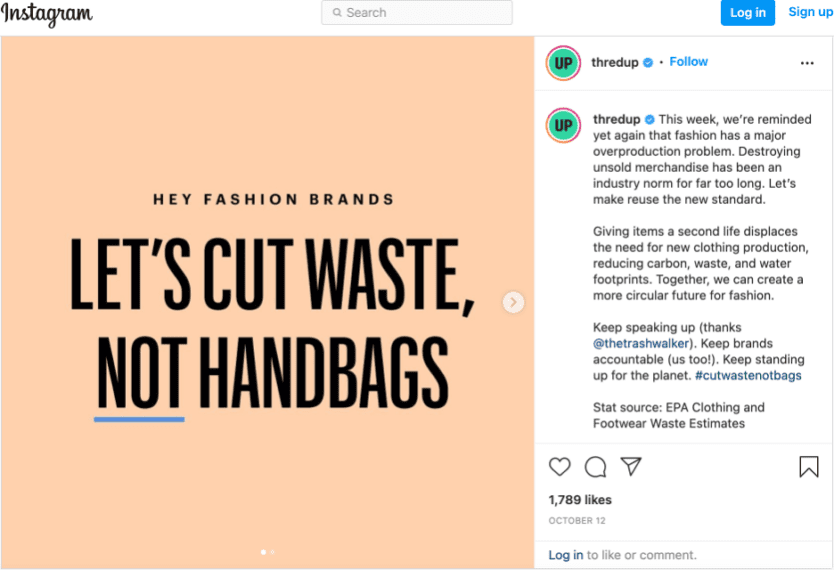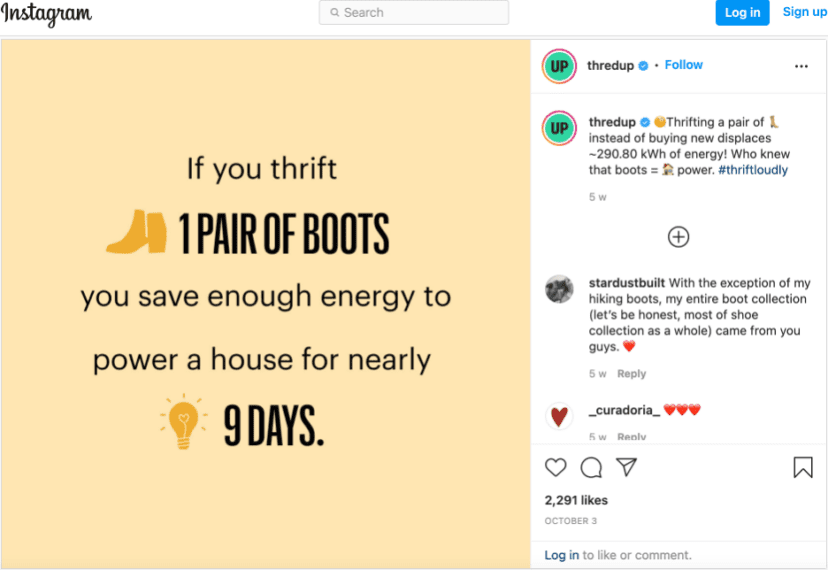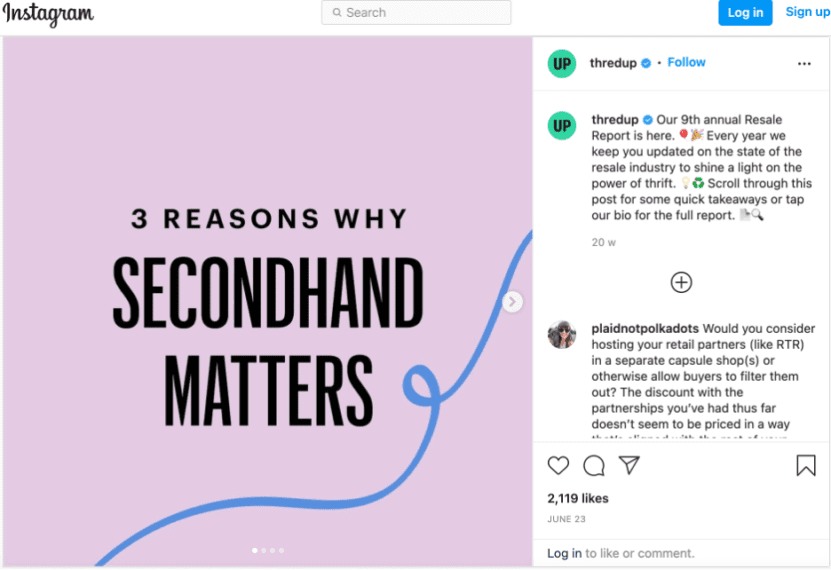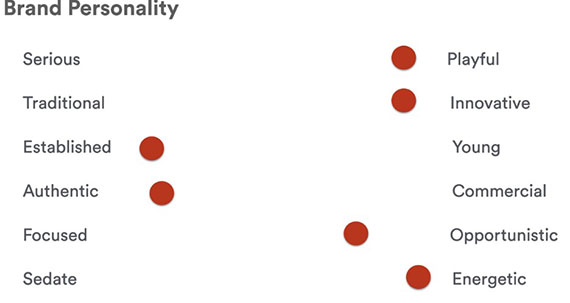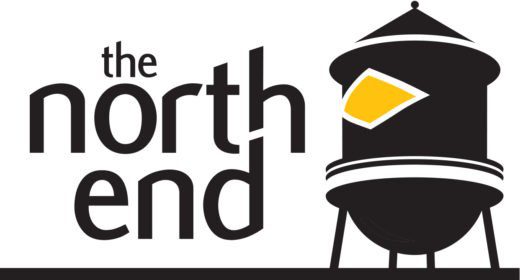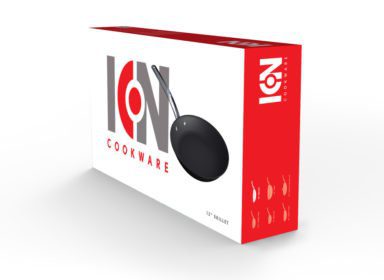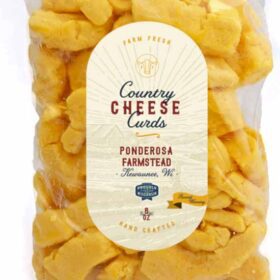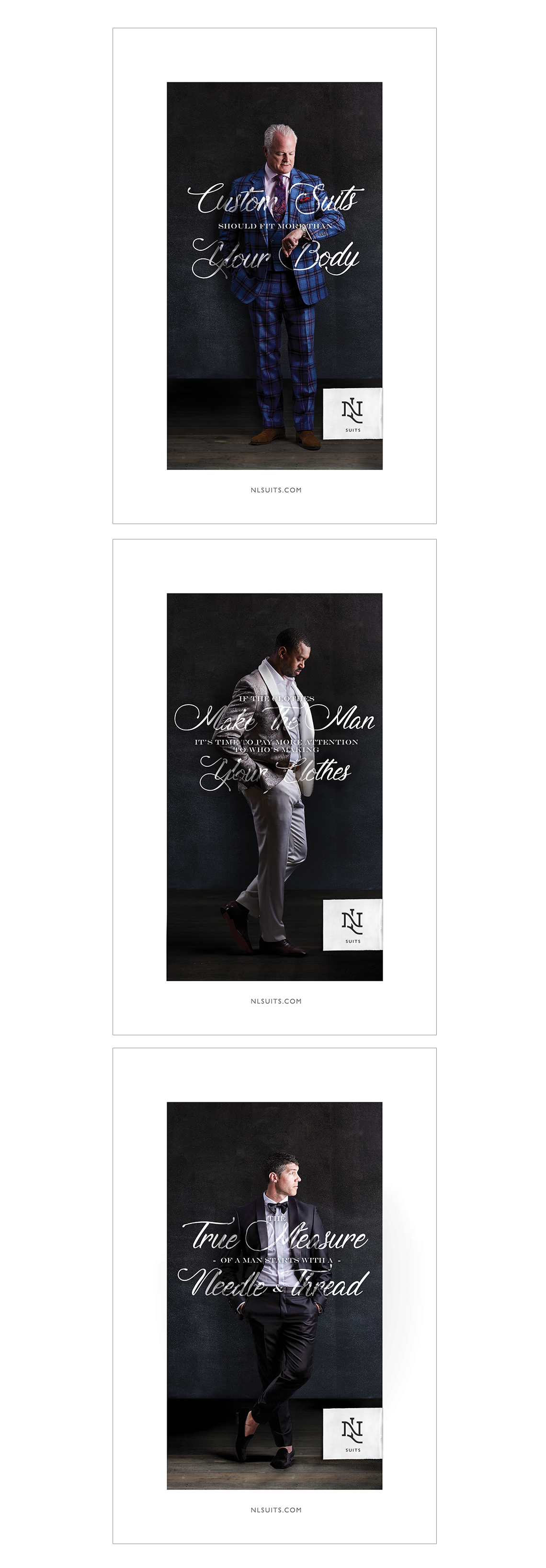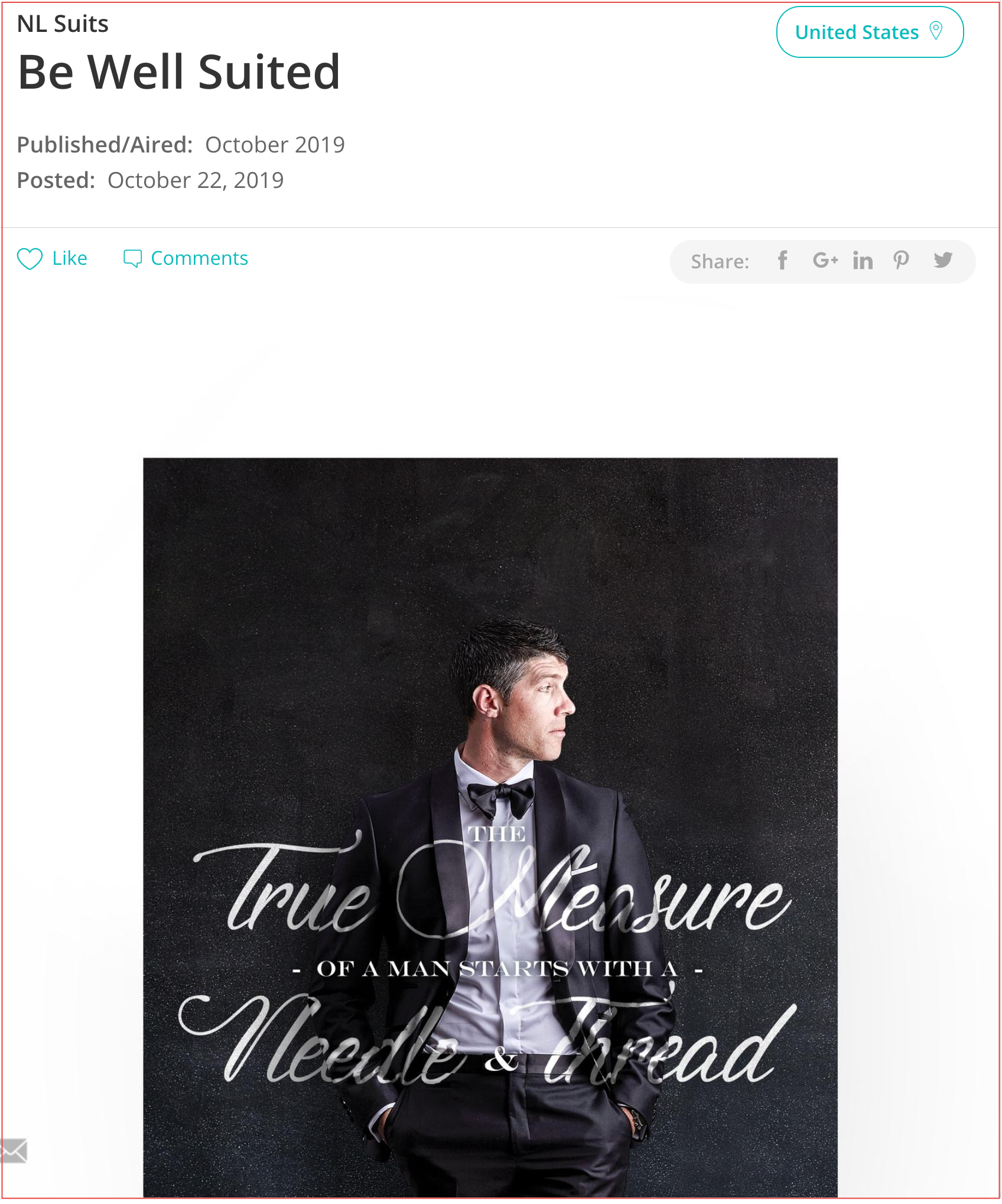
Good marketing has always been about storytelling, but the channels and measurement tools used to share those stories have evolved dramatically since its beginnings. The rapid growth of AI-personalization is already reshaping campaigns. Now there’s a new game in town – GEO (Generative Engine Optimization), and it will play a key role in determining if and how customers learn about your brand.
GEO is the practice of optimizing content for AI-driven recommendations served up by AI platforms like ChatGPT, Gemini and Claude. Similar to how traditional SEO relies on backlinks and keywords to drive visibility on Google, GEO relies on clear, concise, and authoritative information that AI platforms collect and synthesize from across the web. For experts in any industry, from legal and financial professionals to contractors and engineers, GEO offers a new way for experts and companies to enhance their brand visibility and influence high-value digital conversations.
Here are four ways your marketing team can ensure your brand surfaces in relevant AI-generated responses.
Align Your Experts to Create Visibility
The first step an organization should take is to determine what its brand wants to be known for, and which internal experts will help effectively deliver that message. Identify key topics, expertise areas or industry categories and develop core messages around these areas. Companies that start early to create content that answers customer search queries and feed the AI platforms will win. One recent study found that today, 77% of U.S. ChatGPT users treat it as a search engine, and 25% prefer it to Google for information retrieval. This will only grow over time.
Build Content Clusters Around Key Topics
If you think that AI platforms will notice your brand if you write about a topic once or twice, think again. Whether you are an individual or a company, generative models search beyond keywords, seeking rich ideas and subtopics around your content. For example, instead of just writing one blog on the topic of cancer-fighting foods, build a series of social posts, a podcast interview, and maybe even a recipe book authored by a local nutrition expert. Build an annual editorial calendar that aligns with your expertise and ensure that you seed content in multiple locations throughout the year. For example, your nutritionist might post a Q/A on healthy cancer-fighting ingredients on META or seasonal articles like ‘here’s how to make your holiday comfort foods cancer-friendly’ on local media websites. Changing the format of content pieces will be vital to ensure that it rises to the top of AI overviews.
Leverage Reputable Media Sources
Whether it’s a bylined thought leadership article, inclusion in a round-up story about a key industry topic or a quote in a top business publication, whenever reputable outlets speak highly of your brand, AI models will notice and start pushing your content to the top of AI searches. Trade outlets, in particular, can be an easier way to start, as industry publications are more open to contributed content, and you can often have more control over submitted content. Look for editorial guidelines on industry magazine websites and develop an annual editorial calendar of different topics you can write about.
Look Beyond Traditional Media
As you pitch high-profile media outlets, make sure you explore other places that are often scraped and sourced by AI. For example, Wikipedia is often a first stop for internet searches, and errors or misinformation can be picked up and spread quickly. Check these sites and update them regularly to ensure your brand is represented accurately. Other platforms like Google Reviews and forums like Reddit are also great content sources that feed AI platforms. Consider hosting or participating in Reddit AMAs (Ask Me Anything), where experts answer live questions in a public thread. These Q&As can rank well, get cited by journalists and provide signals to AI. An integrated marketing strategy, including one that connects owned content with organic social, is essential for staying ahead in generative engine optimization and the rapidly evolving world of AI-driven search.
To learn more about how to boost your GEO strategy, reach out to Christel Henke, VP Earned Media, christelh@stirstuff.com.

